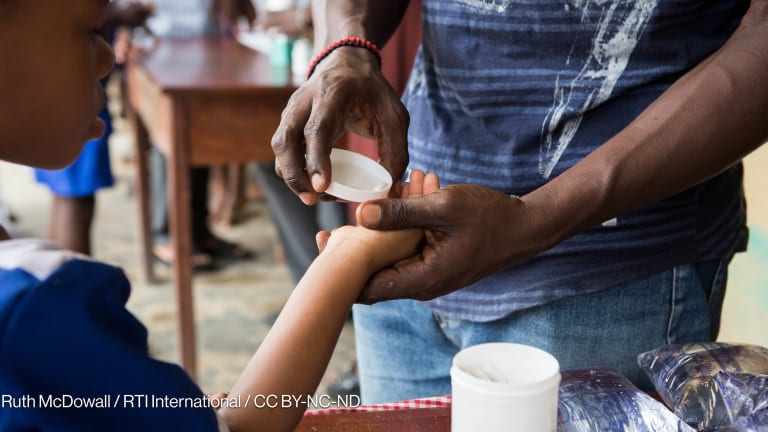Early this month, over 2,800 preschool-aged children in Uganda were given the first preventative treatment targeted to their age group for schistosomiasis or bilharzia, a parasitic disease affecting nearly 240 million people globally.
The new treatment is derived from a well-established drug used to treat schistosomiasis in school-aged children and adults. It comes in a dispersible tablet that’s palatable to preschool-aged children.
At least 50 million preschool-aged children globally are at risk of getting schistosomiasis. Without treatment, schistosomiasis can affect a child’s cognitive development and cause malnutrition, anemia, and even organ damage or death. The World Health Organization has long called for children aged 2 years and above to receive preventive treatment for the disease, but no pediatric treatment option tailored for preschoolers existed until now.








